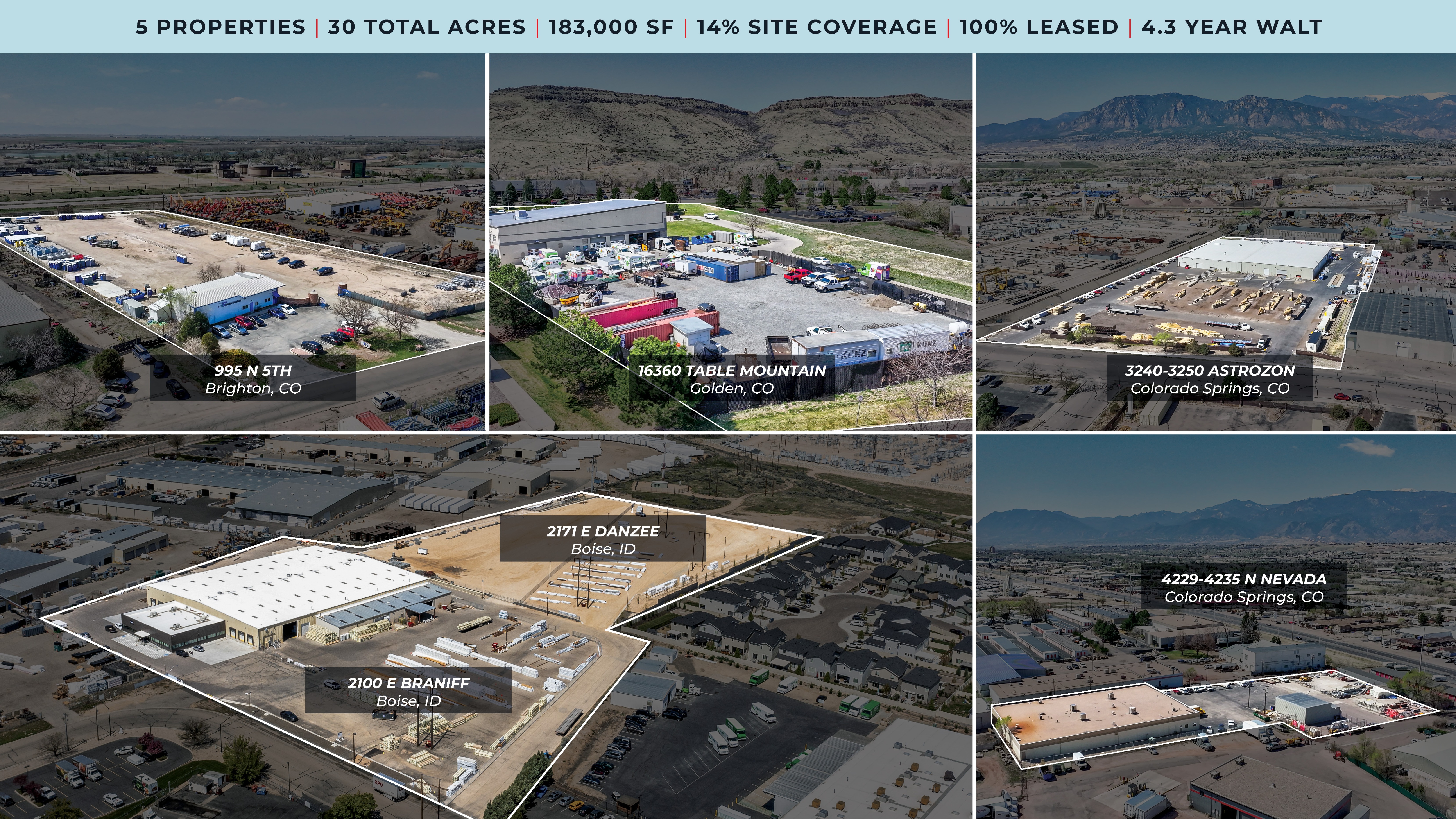Investment Opportunities
Coronavirus accelerates long term shifts in supply chain
Companies across the world are set to make significant changes to the way they source and distribute goods
The supply of goods – or lack thereof – has become a burning issue amid restrictions aimed at slowing the spread of COVID-19. From surgical masks to empty grocery-store shelves, supply shortages have highlighted weaknesses in how goods are sourced, distributed and where they’re stored.
While managing these risks has always been important, the rapid development of the pandemic is set to accelerate decisions on building a more robust system, says Rich Thompson, who leads the global supply chain consulting practice for JLL.
“You can be sure to expect probing questions, from Boards of Directors to their CEOs, around what they will be doing to ensure that there is minimal disruption the next time a major global pandemic or any catastrophe happens,” he says.
The recent pandemic is not the first, nor the last, major disruptor to global supply chains. The devastating tsunami in Japan in 2011 kept the auto industry reeling for months, while flooding in Thailand affected the supply chains of many computer manufacturers dependent on hard disks.
A survey last year by global law firm Baker McKenzie found that 50 percent of multinationals were expecting “major changes” to their supply chains, with more than 10 percent advising of a “complete overhaul.”
“As companies focus on adapting their strategies to account for the next disruption, diversification will be key,” says Thompson.
Diversification of sources
Global companies must diversity manufacturing, as well as their sources of supply, away from any one country or company and, if feasible, create a regionalized network to serve demand, he says.
First and foremost, this means less reliance on China – which represents approximately 30 percent of global manufacturing – to other markets such as Vietnam, India and Mexico. This trend had already started to materialise as companies moved to avoid trade-war related tariffs, while the Chinese government looks to redirect its financial support towards higher-value tech production.
The coronavirus pandemic could also see more manufacturing return home.
“Having learned a big lesson from this recent pandemic, countries will be focused on developing ‘domestic supply chain independence’ to avoid another situation of national emergency where they are reliant on importing vital medical supplies,” says Thompson.
In the United States, the crisis has exposed serious concerns related to securing necessary drug and medical equipment supplies such as protective masks. According to the U.S. Department of Health and Human Services, 95 percent of surgical masks and 70 percent of tighter-fitting respirators, such as N95 masks, are made overseas.
“We’re likely to see a repatriation of critical industries or the manufacturing of products such as medical devices and pharmaceuticals as a result of this pandemic which will, in turn, lead to a change in the domestic warehousing and logistics landscape,” says Thompson.
Multinational companies are likely to look to regionalize their operations in a bid to mitigate the risks associated with one central point of manufacturing.
A number of industries have already been employing this strategy. French fashion house Louis Vuitton, for example, recently opened a manufacturing operation in Texas. While in the auto industry, Mercedes which used to build solely in Germany now manufactures in numerous markets, mirroring similar moves by Toyota and VW.
Diversification of distribution
With trucking responsible for the movement of 80 percent of the world’s goods, further diversification will also come in the form of distribution, with a greater reliance on rail and/or intermodal shipping to reduce dependence solely on truck.
Trucking costs are currently three times the market average, as transportation capacity is being tightly squeezed due to the pandemic. Another costly lesson for some, says Thompson.
“We’ll see more companies invest in locations that can provide multi-modal transportation options with distribution solutions that are in close proximity to parcel hubs or intermodal rail terminals to mitigate the risk of tightened trucking capacity or sky rocketing freight rates,” he says.
But even these alternative options will also require diversification to avoid future blockages.
“Companies will need to diversify their port strategy going forward. If they currently only use one port for imports, they will look for multiple,” says Thompson, citing Walmart as an example. “Walmart used to import everything coming out of China and destined for the U.S. into the port of LA/Long Beach. Now, they use four different ports, despite it costing them more to run. Essentially, it’s an insurance policy.”
Re-evaluation of networks
As companies expand and change their sources and distribution of supply, their whole logistics and warehousing network will be impacted – from movement of goods to methods and locations of storage.
“If an American company moved operations from China to India, for example, they would switch from shipping to the West Coast ports to the East Coast ports via the Suez Canal, which will have a huge impact on where they then locate distribution centers and infrastructure,” says Thompson.
The virus has also raised questions around inventory, as hundreds of thousands of customers and companies around the world fall victim to shortages caused by panic buying and unpredictable demand surges.
The unprecedented demand has overwhelmed supply chains, forcing companies to re-evaluate how much stock they hold and how they distribute it to their customer base.
“If there’s one lesson to be learned from this current crisis, it’s to maintain additional inventories of the most critical items,” says Thomson. “In a world of low interest rates, companies should create regionalized buffer stocks of essential parts, raw materials and/or finished goods in alternative distribution locations in the event of an emergency so they can continue to satisfy customer demand.”
As they do this, the demand for manufacturing facilities, last mile delivery and fulfillment centers will all increase – changing the industrial landscape for decades to come.








